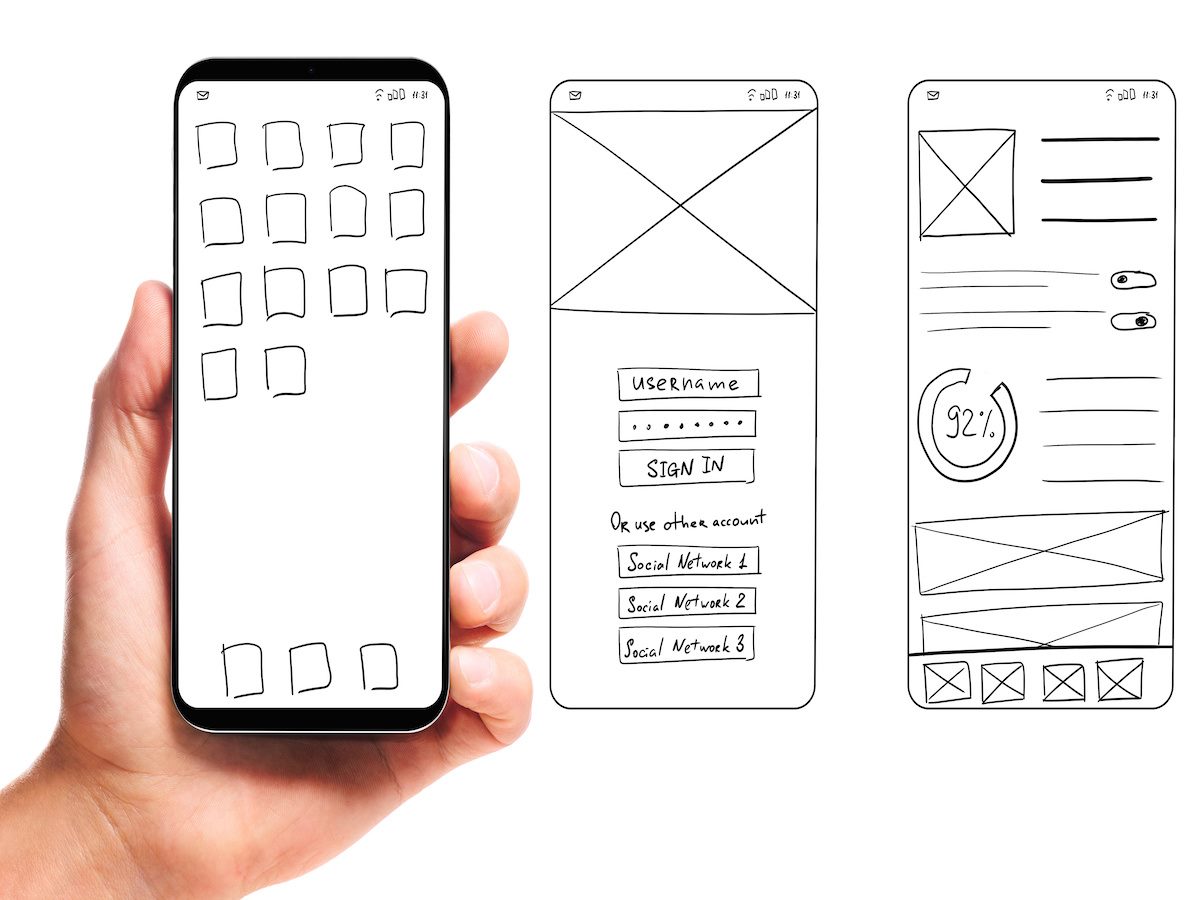Product marketing used to be about translation — between product, sales, marketing and the customer. You were the bridge, the strategist, the PowerPoint whisperer. But that role? It’s evolving. Fast.
In the new AI-powered era, where anyone can prototype in a browser and launch with a prompt, the best product marketers don’t just describe the product — they build it. This shift is what the cool kids call vibe coding and what I’m calling vibe marketing.
It’s not a formal discipline (yet), but it’s very real. Vibe coding is the process of using AI-driven tools to rapidly prototype software, often without writing much (or any) traditional code. Tools like lovable.dev are turning marketers into makers. No engineering queue. No dev sprint. Just a good idea, a clear head and a stubborn refusal to give up when the robot tells you for the 10th time, “I see the problem,” but never fixes it.
Trust me — I’ve been there, done that, got the t-shirt and swore more than once at my code-vibing friend who keeps telling me Row Level Security needs to be updated.
The Rise, Fall and Rise of Product Marketing
For a while, product marketing was the crown jewel of go-to-market strategy. You defined positioning, built messaging, created enablement and worked hand-in-hand with product managers to launch something the market wanted.
But that skill set has become perishable — especially as product marketing eroded into agile sprints designed to feed the ill-defined roadmap that sales development representatives (SDRs) could promise prospects.
Today, product cycles are compressed, and users expect something to click around on way earlier — something you can demo at a trade show next week. What’s missing isn’t just speed. It’s agency. And that’s what vibe coding gives you.
Related Article: Vibe Coding Explained: Use Cases, Risks and Developer Guidance
Prototypes Speak Louder Than PowerPoints
With vibe coding, you don’t need a Market Requirements Document (although it does help). You just start building the damn thing. Yes, the first version will be janky. It might crash. It definitely won’t scale. But it works. It exists. And that makes your job as a product marketer 10x easier.
You can test messaging and UI at the same time. You can show the product in action before it even exists. You can start the GTM motion with something real — something people can touch, click and crash.
That’s powerful — but only if you come to it with clarity in your heart and mind.
Clarity Is the Cost of Entry
Here’s the thing they don’t tell you about using AI to build software: you have to be ruthlessly clear in your thinking.
It’s not enough to say, “I want a dashboard.” You need to know what it’s for, who it’s for, what it should contain and how it should behave. Every interaction with an AI dev tool is an exercise in precision. Vagueness gets punished. Confusion gets hardcoded. If you don’t know what you want, it definitely won’t either.
But if you do know? That’s where the magic happens. You stop writing prompts and start writing product narratives. You iterate. You improve. You show — not tell.
Related Article: Do AI Coding Tools Really Increase Developer Productivity? Studies Say No
Buzzword Bingo Love: A Vibe Coded Case Study
Buzzword Bingo Love is a real-world example of a fun little app I built using lovable.dev. It doesn’t solve climate change or revolutionize the enterprise. It’s not going to make me rich (well, unless you want to buy it, wink wink, nod nod). But it’s the perfect example of what vibe coding can unlock.
I built it for anyone who's ever sat through a meeting and thought, “If I hear ‘synergy’ one more time, I’m flipping this conference table.”
You generate custom bingo cards, track buzzwords in real time and call BINGO when your soul starts leaking through your ears. It has real app mechanics — user interaction, database logic, UI flows, payment integration — but wrapped in something joyful.
More importantly, it taught me how to wire up all the parts of a real product. The kind of wiring product marketers are usually shielded from. I had to figure out login logic, state management and even performance tradeoffs. That knowledge now informs everything I do as a strategist. I’m an ex-engineer (semiconductors, those chips in your phone), and now I’m fluent enough to speak product and build product, so what’s rattling around in my head can come to life.
That’s the new bar.
Vibe Coding Won’t Replace Engineers — But It Might Replace Excuses
Let’s be clear — vibe coding isn’t a substitute for engineering. The stuff I’ve built wouldn’t scale to a million users. Might not even survive a thousand. But that’s not the point.
The point is to prove the vision. Show the workflow. Spark the conversation. Align the stakeholders. Test the message in context.
Vibe coding is the sandbox where product marketing becomes tangible. Not perfect code — just perfectly clear intent.
Related Article: Practical Applications of AI in Software Development
Try It Yourself
If you’re a product marketer reading this, here’s my challenge: Try vibe coding.
Pick an idea — maybe one that's been living rent-free in your notes app — and give yourself one week. Use lovable.dev, Replit or whatever no-code/low-code builder suits you. See how far you get. Fight the tool. Fight your instincts. And then emerge — over-caffeinated and slightly deranged — with something real.
Not perfect. But real. Built by you.
The future of product marketing isn’t just storytelling. It’s story-building. And the best way to do that? Start building.
Learn how you can join our contributor community.
